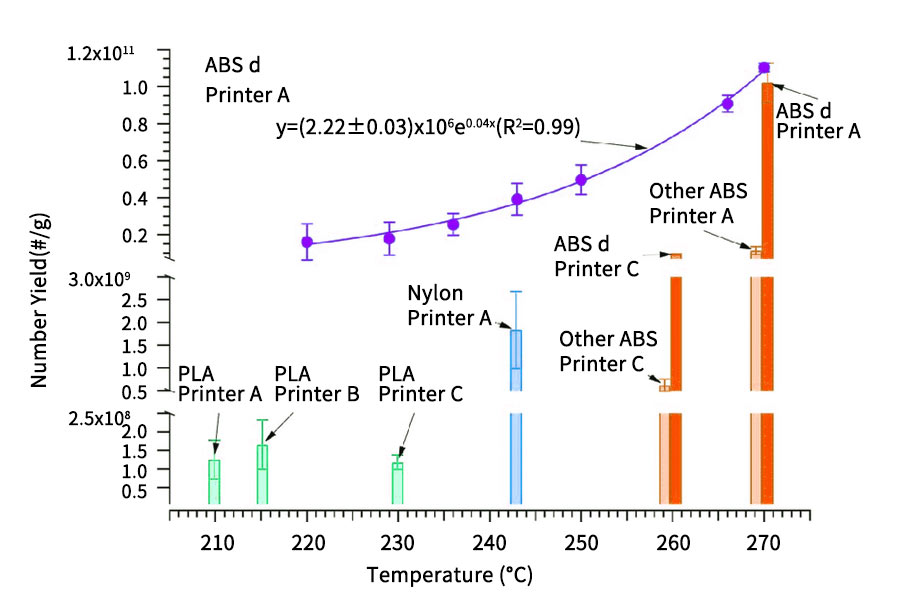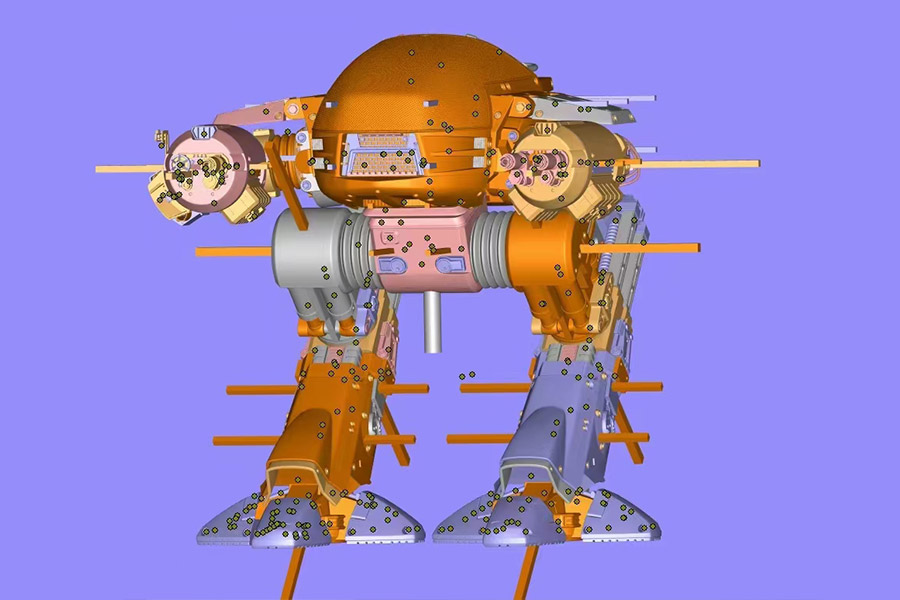3D Printing Services
We provide you with rapid prototyping and customized parts production. Upload your design file to obtain the 3D printed parts quote you need.
- Over 70 materials to choose from
- Fast 3D printing parts in 1 days
- 1-on-1 Technical Support
- Multiple processes: SLS, HP MJF, FDM, SLA, Carbon DLS™, PolyJet and DMLS
- All uploads are secure and confidential
Our unparalleled 3D printing capabilities
Whether you need a single prototype or a large production run, we can help. Our commitment to quality and customer satisfaction ensures that you receive the best possible service and results.If you have any questions or would like to learn more about our 3D printing capabilities, please don’t hesitate to contact us. We are always happy to help and look forward to working with you.
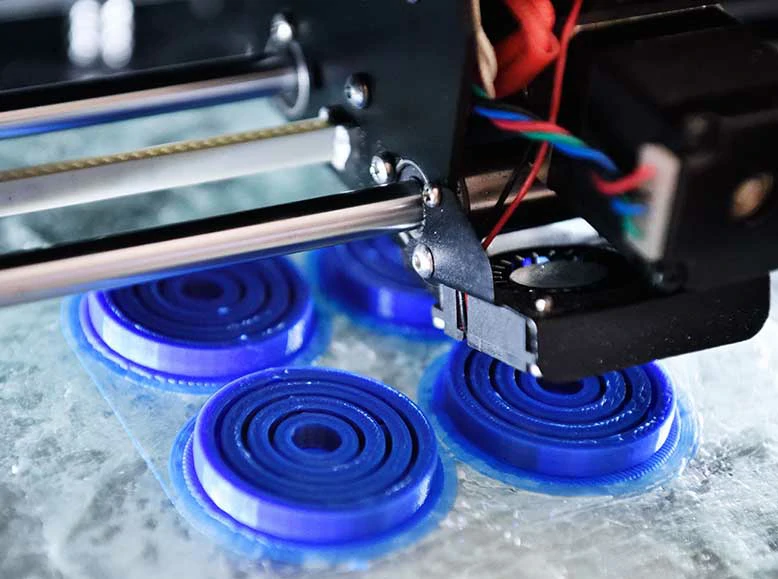
SLA
Stereolithography (SLA) is the use of UV lasers to cure liquid resin layer by layer to create 3D objects. The technology produces highly detailed and precise parts and is ideal for applications such as rapid prototyping, product design, and dental and medical modeling.

SLS
Selective Laser Sintering (SLS) is a 3D printing technology that uses a high-powered laser to fuse powdered material layer by layer to create a 3D object. This technology is ideal for creating complex geometries and functional parts with high strength and durability.
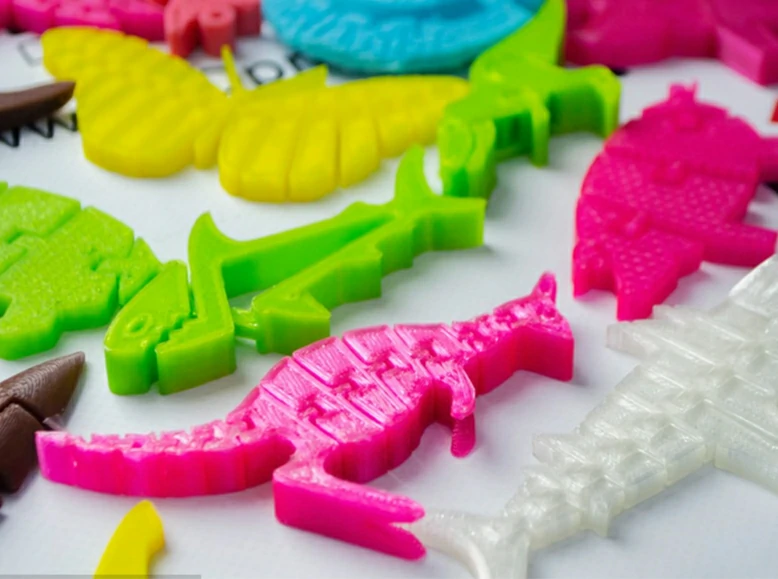
FDM
Fused Deposition Modeling (FDM) is a 3D printing technology that involves depositing melted thermoplastic material layer by layer to create a 3D object. This technology is widely used for rapid prototyping, as well as for creating functional parts and models.
Gallery of 3D Printed Parts
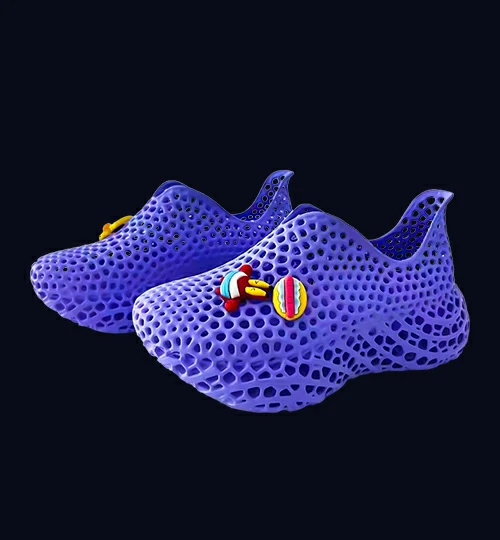

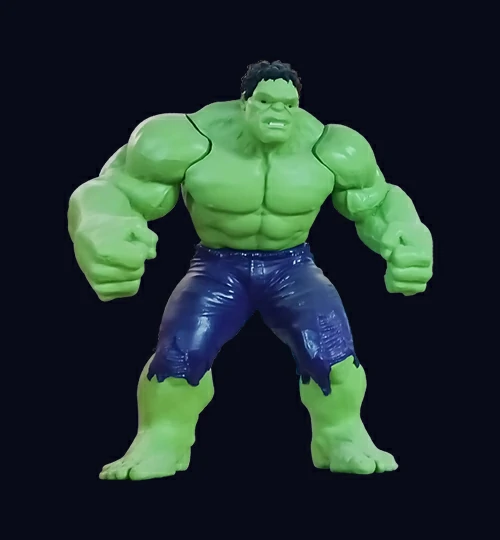

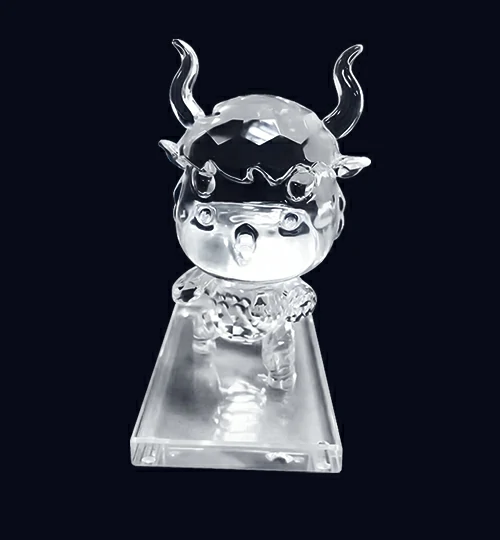

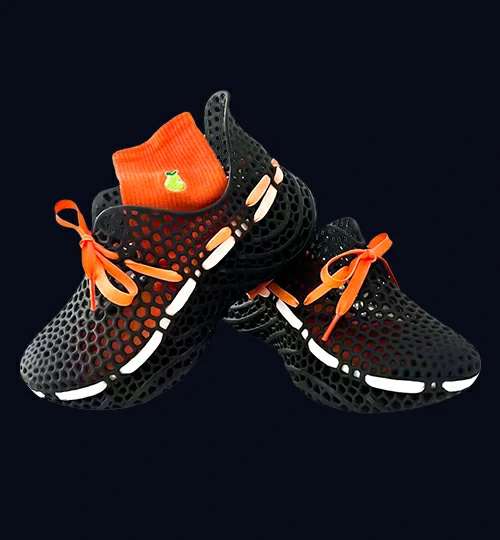

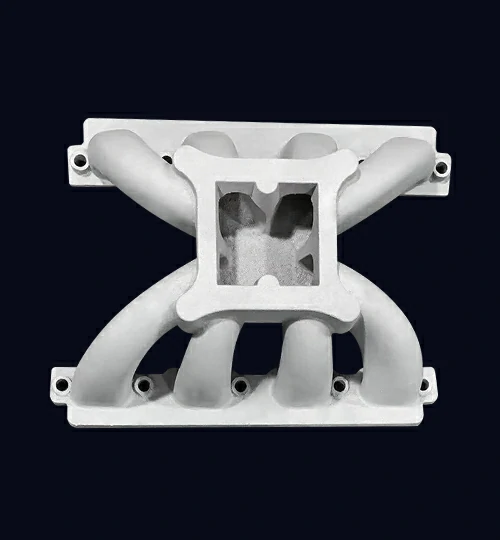

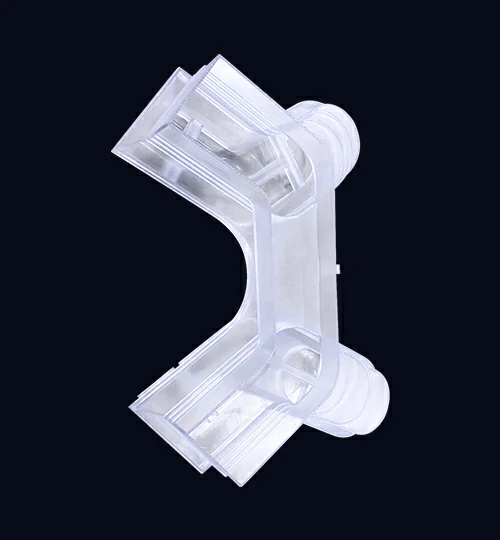

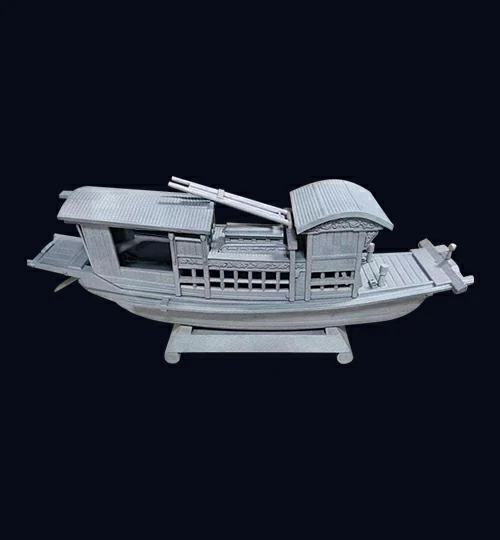

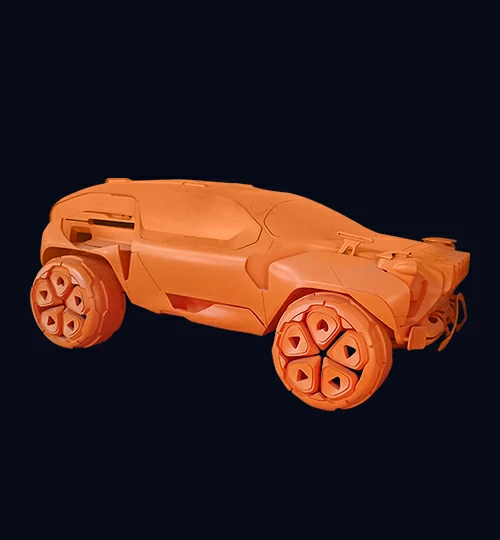

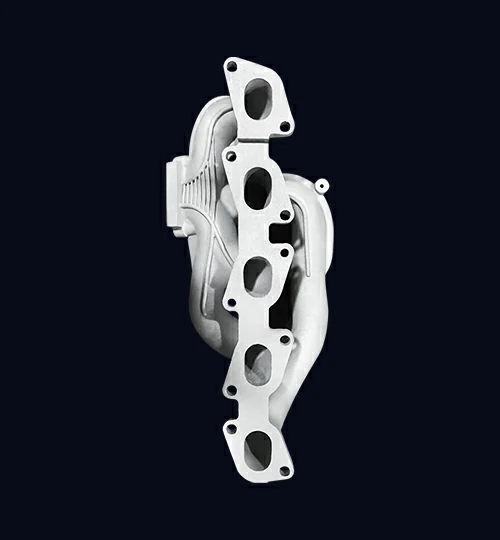

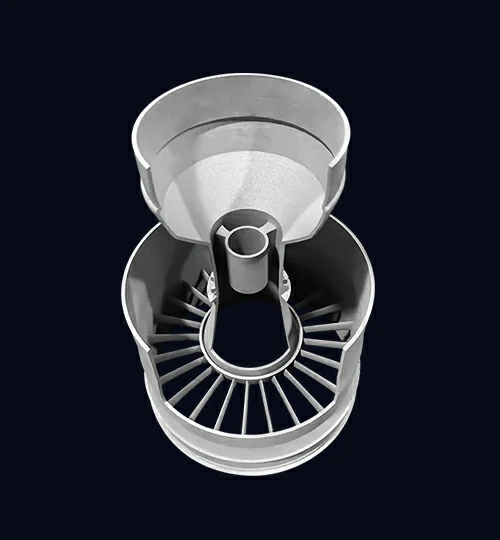

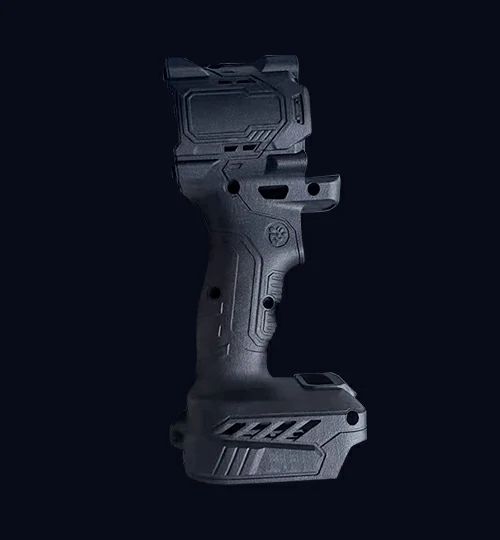

3D Printing from Prototyping to Production
Transform your design and prototype into production grade 3D printed parts in just one day, allowing you to quickly bring outstanding products to the market.
On-Demand Production
On-demand production allows you to find the perfect match for your unique needs in our precision-driven processes, whether it's rapid prototyping or mass production.
Rapid Prototyping
We have the ability to quickly quote, allowing you to receive prototypes in a short period of time and test prototype parts in a timely manner to bring them to the market.
Production Parts
3D printing can quickly manufacture complex, customized, and small-scale production parts without the need for expensive tools.
Put your parts into production today
- All information and uploads are secure and confidential.
LongSheng 3D Printing Standards
Thanks to our state-of-the-art facilities and rigorous testing processes, we are able to ensure that every 3D printed prototype and part is of impeccable quality and meets extremely strict tolerances.
| Process | Layer Height Range | Minimum Wall Thickness | Maximum Build Size | Dimensional Tolerance |
|---|---|---|---|---|
| SLA | 50 - 100 μm |
+/- 0.5 mm
+/- 0.019 in. |
600 x 600 x 600 mm
23.622 x 23.622 x 23.622 in. |
+/- 0.1 mm
+/- 0.003 in. |
| SLS | 100 - 200 μm |
+/- 1.0 mm
+/- 0.039 in. |
420 × 500 × 420 mm
16.535 × 19.685 × 16.535 in. |
+/- 0.3 mm
+/- 0.011 in. |
| FDM | 100 - 300 μm |
+/- 0.8 mm
+/- 0.031 in. |
1000 x 1000 x 1000 mm
39.370 x 39.370 x 39.370 in. |
+/- 0.2 mm
+/- 0.007 in. |
Materials for 3D Printing
Choosing the right materials is critical to creating custom prototypes and parts that meet the required mechanical properties, functions and appearance requirements. You can check out the basics of 3D printing materials at Longsheng in order to choose the right material for your final part.
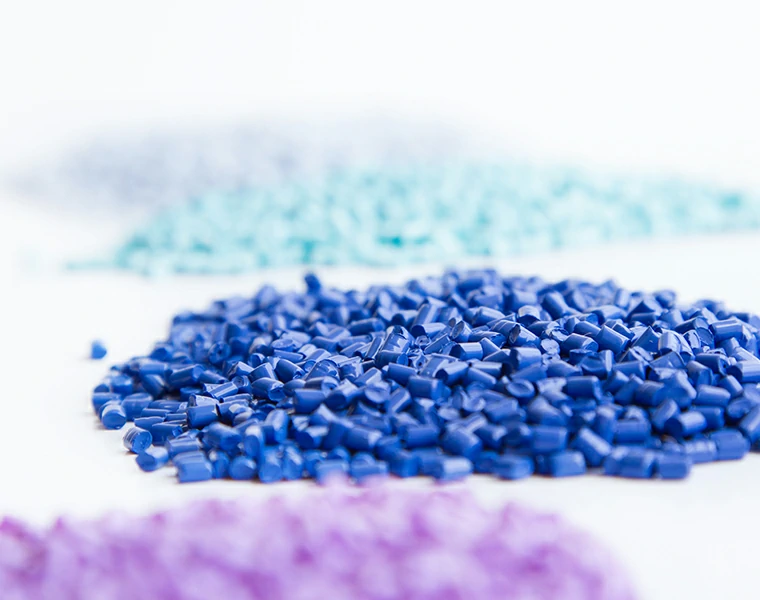
PLA
PLA, or Polylactic Acid, is known for its high stiffness, excellent detailing capabilities, and affordability. This biodegradable thermoplastic offers good physical properties, including notable tensile strength and ductility.
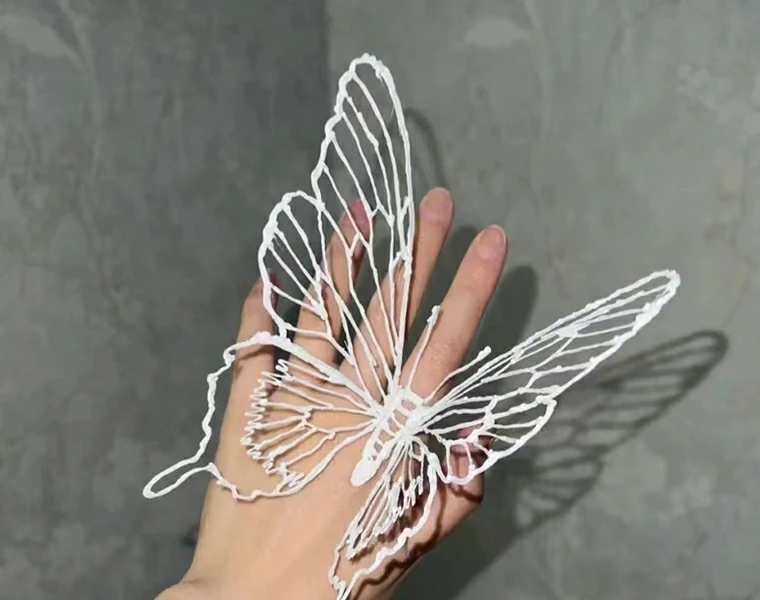
Nylon
Nylon, a versatile choice for 3D printing, stands out with its exceptional combination of properties. It boasts impressive impact resistance, making it suitable for applications that require durability and strength. This thermoplastic material is known for its toughness, with the ability to withstand significant mechanical stress.
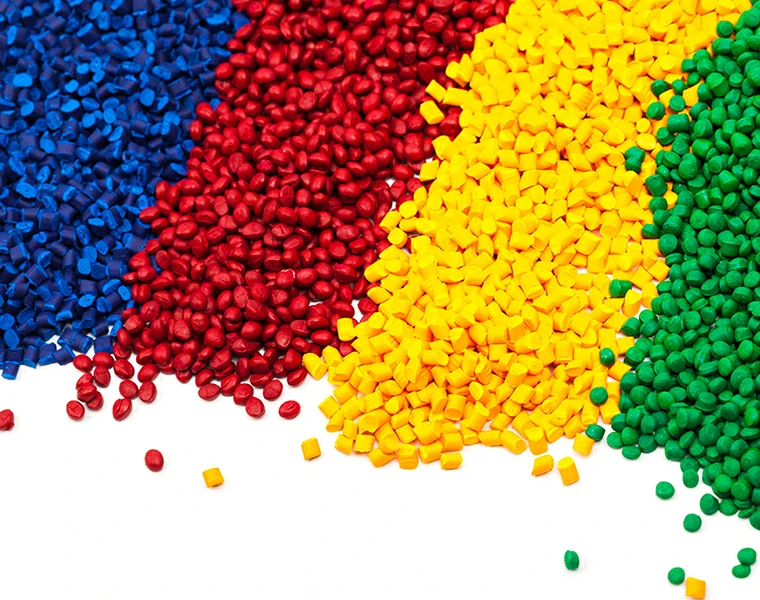
ABS
ABS, short for Acrylonitrile Butadiene Styrene, is a widely-used thermoplastic known for its versatility and balanced properties.It possesses excellent impact strength, making it suitable for parts and prototypes that need to withstand physical stress and potential impacts. This robustness ensures that ABS-printed objects have a greater resistance to breaking or cracking.

Polypropylene
A key characteristic of polypropylene is its high impact resistance, which enables 3D printed parts to withstand physical stress and impact, and it also has good chemical resistance, ensuring that it can withstand exposure to various chemicals and solvents without degradation.
Surface Finishing Options For 3D Printing
Surface finishing can improve the strength, durability, appearance, or functionality of 3D printed prototypes or production parts. Please review the various customized surface finishing options below.
| Name | Description | Material | Color | Texture | Link |
|---|---|---|---|---|---|
| Powder Coating | Powder coating is a popular and environmentally friendly method of applying a protective and decorative finish to various types of metal and even some non-metal surfaces. | Metals, plastics | White, Black, RAL and Pantone | Glossy, fine, hardness | Learn More>> |
| Polishing | The primary goal of polishing is to create a smooth and reflective surface by removing imperfections, scratches, and irregularities. | Metals, plastics | Silver gray | Bright, mirror, silk | Learn More>> |
| Bead blasting | Bead blasting, also known as abrasive blasting, is a surface preparation technique used to clean, finish, or texture a surface by forcibly propelling small, spherical abrasive materials, called "beads" or "media," at high speeds onto the surface being treated. | Metals, plastics | N/A | Grainy, slightly matte texture | Learn More>> |
| As machining | Machining is a subtractive manufacturing process in which a machine tool, typically a cutting tool, removes material from a workpiece to achieve the desired shape, dimensions, and surface finish. | Metals, plastics | N/A | Smooth, glossy finish | Learn More>> |
Why Choose Us for Online 3D Printing Services
Multi material machining
We have the ability to handle multiple materials, and we can provide professional solutions no matter what material of parts you need to process.
Competitive pricing
We provide competitive prices and cost-effective solutions to ensure that customers gain the greatest advantage in cost control.
Customized services
Provide customized solutions based on customer design requirements and specifications to ensure that parts meet their unique needs.
Rapid delivery
We have efficient production processes and flexible production plans, which enable us to timely deliver customer orders and meet urgent project needs.
Our 3D Printing Services for Various Industrial Applications
3D Printing Overview
What is 3D Printing?
3D printing, also called additive manufacturing, is a process of creating physical objects from digital models by adding material layer by layer. It’s used for rapid prototyping, customization, and making complex shapes in various industries.
What are the advantages of 3D printing?
This revolutionary technology, in stark contrast to traditional subtractive manufacturing methods like machining and casting, builds objects layer by layer from digital designs, unlocking a treasure trove of advantages that have reshaped the way we think about manufacturing.
– Iterative design and prototyping
– Cost-effective for low volume production
– No upfront tooling costs
– Complex Geometries
How 3D printing works step by step?
It starts with designing a 3D model on a computer, which serves as a blueprint for what you want to create. This model is divided into very thin horizontal layers using special software.
Next, a 3D printer prepares for action. It’s loaded with the material you want to use, which could be plastic, metal, resin, or even food. The printer reads the digital design and starts building the object layer by layer.
Each layer is like a super-thin slice of the final object. These layers are carefully placed on top of each other, and they stick together, eventually forming the complete 3D object.
Depending on the type of 3D printer, some layers may cool down and harden while others are being added. This process continues until the entire object is finished.
Once printing is complete, you may need to do some post-processing, like sanding or painting, to get the desired look and feel. Then, you’ve got your 3D-printed object, ready to be used for whatever purpose you had in mind!
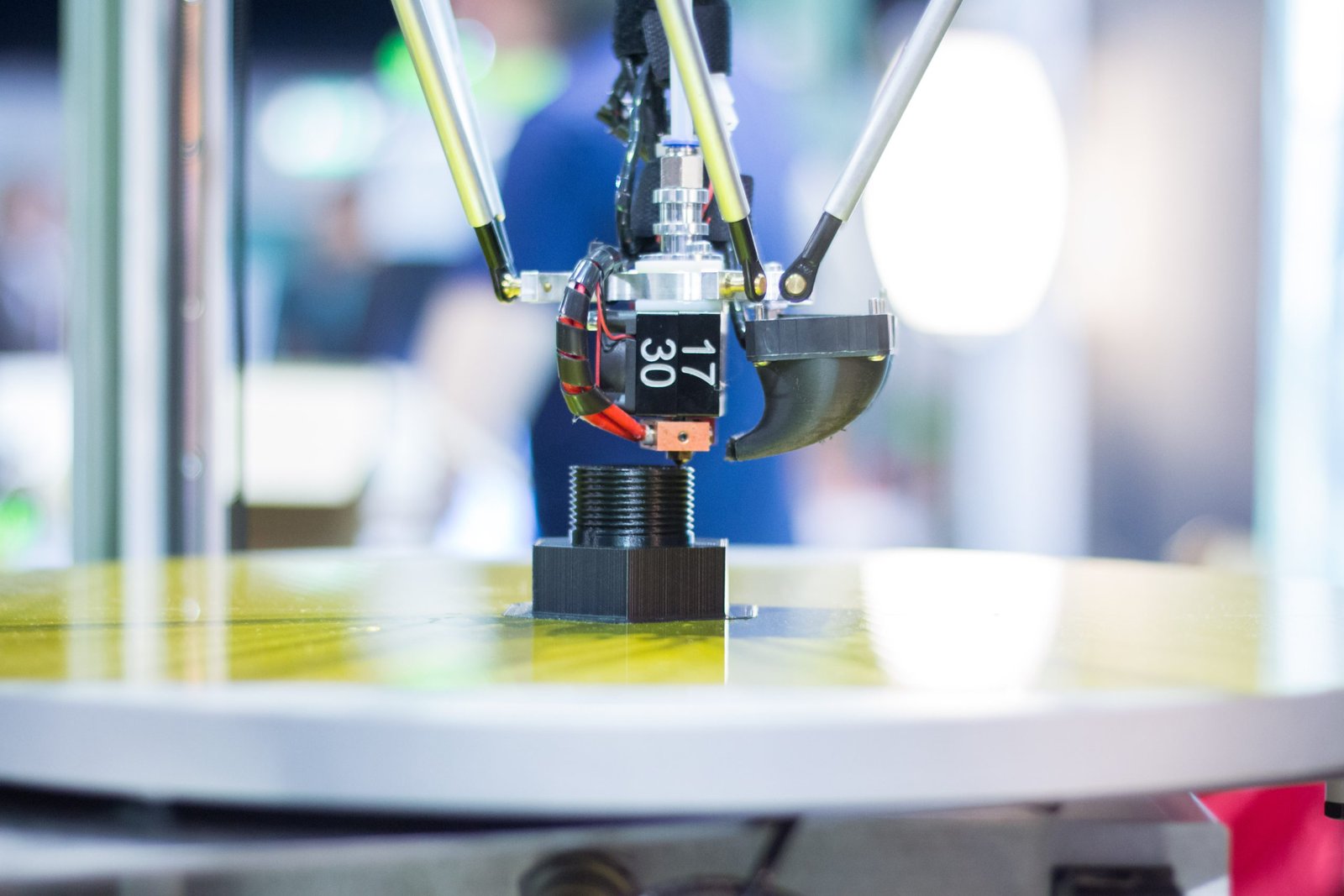
Applications for 3D Printing
Here are some common 3D printing applications in various industries and examples of typical parts produced:
- Prototyping of new aircraft designs
- Home decor items and artistic creations
- Prototyping of electronic enclosures and components
- Rapid prototyping of vehicle components and designs
- Dental implants and surgical guides
- Rapid production of small-batch and customized parts
3D Printing FAQs
We provide new product developers with engine processing parts suitable for functional testing or final use of engineering -level materials. Get your required 3D printing service support by reading FAQ.
3D printing is a manufacturing process that involves creating three-dimensional objects from a digital design. The process involves building up layers of material, such as plastic or metal, until the final object is complete.
A wide range of materials can be used in 3D printing, including plastics, metals, ceramics, and resins. The choice of material will depend on the specific requirements of your project, such as strength, durability, and flexibility.
A wide range of materials can be used in 3D printing, including plastics, metals, ceramics, and resins. The choice of material will depend on the specific requirements of your project, such as strength, durability, and flexibility.If you have any questions or would like to learn more about our 3D printing capabilities, please don’t hesitate to contact us. We are always happy to help and look forward to working with you.
We have a rigorous quality control process that involves multiple inspections and tests throughout the manufacturing process. We use advanced inspection and testing equipment to ensure that all parts meet or exceed industry standards.
Our lead time varies depending on the complexity and quantity of the parts being manufactured. We will provide you with an estimated lead time when you submit your order, and we will keep you informed throughout the manufacturing process.
Latest Blog Posts
3D Printing Difference :SLA VS PolyJet VS SLS
Which is stronger, nylon or PLA in 3D printing?
How much does 3D printing cost calculator for 1 hour?
Put your parts into production today
- All information and uploads are secure and confidential.



